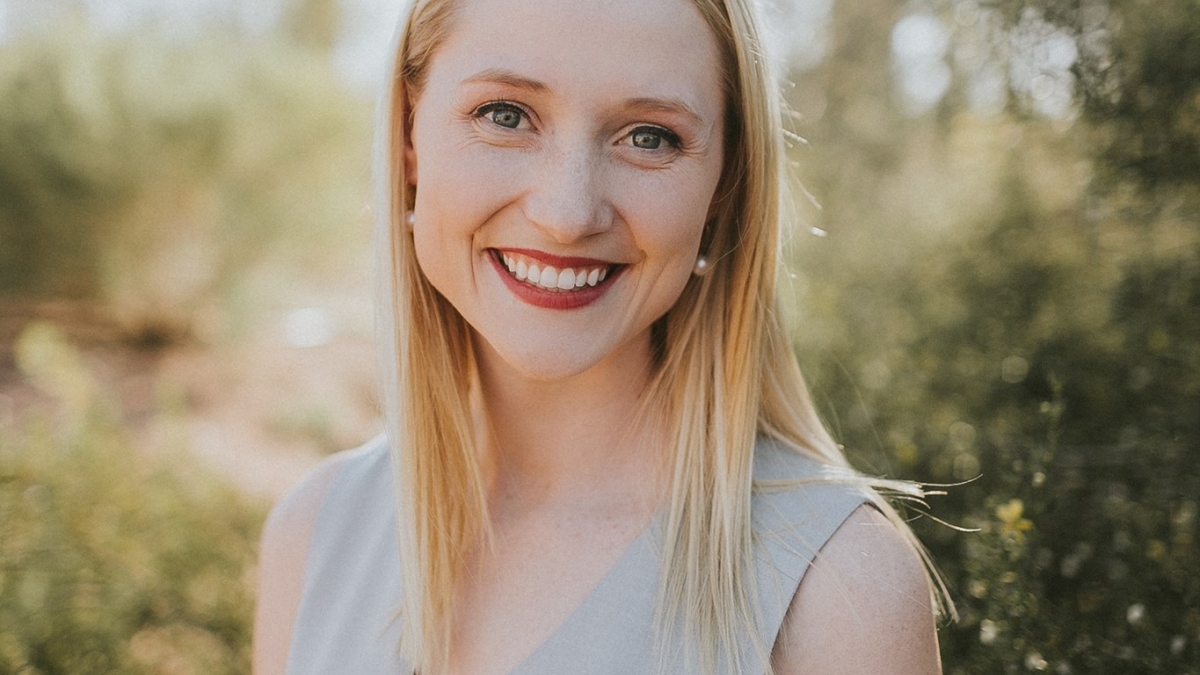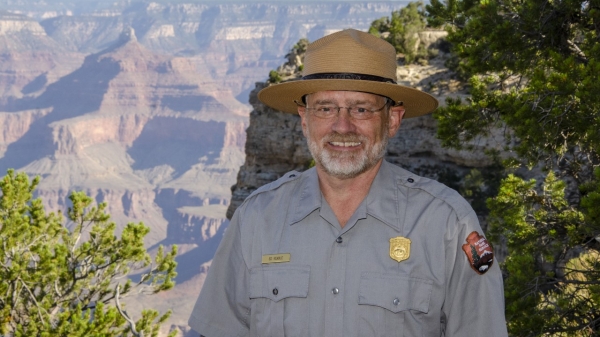ASU Herberger Institute grad discovers a passion for Latin American art

Angelica Fox is graduating with a Bachelor of Arts in Art History and Bachelor of Arts in Museum Studies from the ASU School of Art in the Herberger Institute for Design and the Arts. Photo by Unice Beck Photography
Editor’s note: This is part of a series of profiles for spring 2017 commencement. See more graduates here.
During her undergraduate career, 22-year-old Angelica Fox worked with an array of arts organizations across the Valley; she spent one semester with City of Tempe Public Art, three months with the Phoenix Art Museum and eighteen months with the ASU Art Museum.
But she didn’t always envision herself working in the arts.
An internship in the digital media department at the Metropolitan Museum of Art in New York City really sparked her interest, she says. The Met was interested in Fox, too — she was invited back to continue the internship a second summer to help with their Heilbrunn Timeline of Art History, which recently won a 2017 Webby Award for best art website.
Now, she says, she’s hooked and plans to continue pursuing a career as a curator or art history academic. After working closely with curators Julio Cesar Morales and Heather Sealy Lineberry at the ASU Art Museum on the exhibition “Energy Charge: Connecting to Ana Mendieta,” her newfound passion is Latin American art. Fox is graduating with a Bachelor of Arts in Art History and Bachelor of Arts in Museum Studies from the ASU School of Art in the Herberger Institute for Design and the Arts.
Question: What was your “aha” moment, when you realized you wanted to study the field you majored in?
Answer: I came into ASU as a Mary Lou Fulton [education] student. After a few weeks, I realized teaching was not for me and quickly transferred into studying history. I enjoyed this path more but felt something was still missing. After a rewarding internship at the Metropolitan Museum of Art the summer after my freshman year, I realized art was my real passion. After that summer, I switched my major to art history and have been extremely happy ever since.
Q: What’s something you learned while at ASU — in the classroom or otherwise — that surprised you, that changed your perspective?
A: The ASU Art Museum's fall 2016 exhibition "Energy Charge: Connecting to Ana Mendieta" introduced me to sixinfluential artists that changed my perspective on identity, feminism and the body discourse that inspired both my honors thesis and desire to study the art of Latin America in graduate school.
Q: Why did you choose ASU?
A: I have lived in Tempe, Arizona my entire life and come from a family full of ASU graduates. I decided to go to ASU when I was accepted into both the prestigious Barrett, The Honors College, and Leadership Scholarship Program.
Q: What’s the best piece of advice you’d give to those still in school?
A: I truly believe you need to invest time in your classes in order to get the most out of a college education. Yes, buy the books and read!
Q: What was your favorite spot on campus, whether for studying, meeting friends or just thinking about life?
A: I loved (in no particular order): the Design Library, the ASU Art Museum, the Secret Garden and the Architecture Studio Spaces.
Q: What are your plans after graduation?
A: After graduation, I will continue to a Master of Arts program in modern and contemporary art history, theory and criticism from the School of the Art Institute of Chicago.
Q: If someone gave you $40 million to solve one problem on our planet, what would you tackle?
A: I wish $40 million would be enough to solve issues like climate change, pollution or cancer. More realistically, I would use the money to help the International Center for the Arts of the Americas at the Museum of Fine Arts, Houston, with the documentation of twentieth-century art in Latin American and among Latino populations in the United States.
More Arts, humanities and education

Grand Canyon National Park superintendent visits ASU, shares about efforts to welcome Indigenous voices back into the park
There are 11 tribes who have historic connections to the land and resources in the Grand Canyon National Park. Sadly, when the…
ASU film professor part of 'Cyberpunk' exhibit at Academy Museum in LA
Arizona State University filmmaker Alex Rivera sees cyberpunk as a perfect vehicle to represent the Latino experience.Cyberpunk…

Honoring innovative practices, impact in the field of American Indian studies
American Indian Studies at Arizona State University will host a panel event to celebrate the release of “From the Skin,” a…